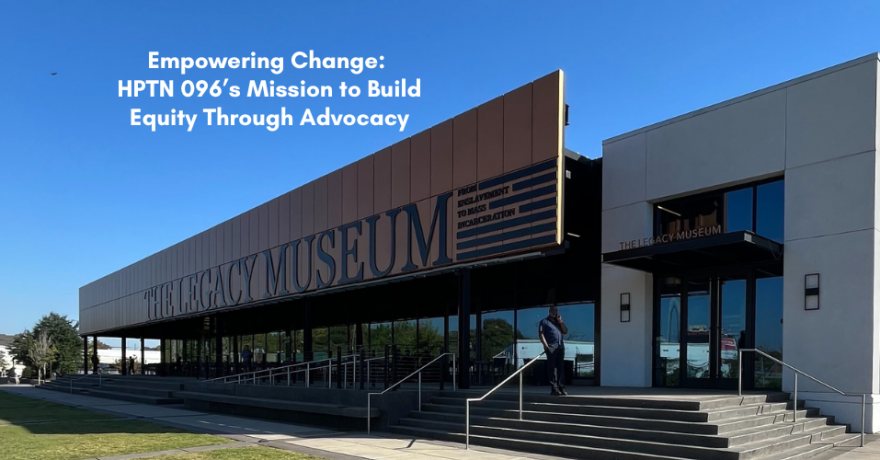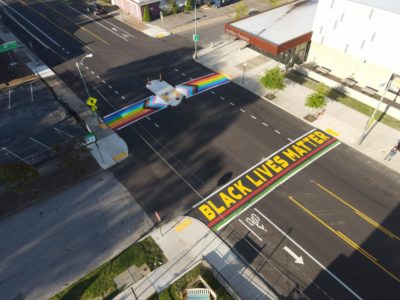This week, a dedicated and passionate group gathered in Montgomery, Alabama, for the HPTN 096 national meeting, bringing together HIV care providers, peer supporters, scientists, and community activists from across the nation. I attended as a social media consultant and was moved by my peers, the city of Montgomery, and the meaningful conversations held during this impactful event.
HPTN 096: Building Equity Through Advocacy is a targeted HIV prevention study focused on reducing HIV rates among Black men, including both cisgender and transgender men, who have sex with men (MSM) in the southern United States. This initiative, part of the HIV Prevention Trial Network, employs a comprehensive package of four interventions that tackle social, structural, institutional, and behavioral obstacles to HIV prevention and care. As a national effort, HPTN 096 centers its work in high-priority areas like Montgomery, Alabama; Dallas, Texas; and South Florida, regions heavily impacted by HIV. Through a combination of advocacy, research, and community involvement, HPTN 096 aims to advance HIV prevention and reduce new transmissions in these communities.
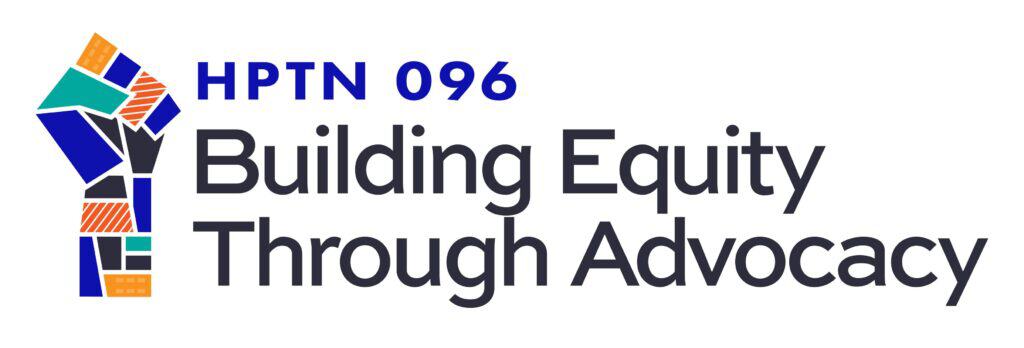
This study aims to evaluate a status-neutral, integrated strategy to improve access to and uptake of HIV prevention and treatment services for Black men who have sex with men (MSM) in select southern U.S. communities.
The program uses a multi-level approach that focuses on increasing the number of Black MSM accessing HIV prevention and treatment, boosting pre‑exposure prophylaxis (PrEP) use among HIV-negative individuals, and enhancing care retention and viral suppression for those living with HIV.
To connect with its audiences effectively, the study combines various outreach methods—including health equity initiatives, peer support groups, stigma reduction efforts, and social media strategies.
Progress and outcomes will be measured at participating healthcare facilities, assessing the program’s impact on HIV incidence and treatment access within these communities.
The Legacy Museum Impact
The meeting began with a visit to the Legacy Museum in Montgomery. We were met by Dr. Theresa Gamble, HPTN director, who checked us in and welcomed us. I hadn’t anticipated how deeply the experience would affect me—not only emotionally but also in my approach to our work. The museum, located across several locations in town, offers a unique and introspective look at the region’s and nation’s history.
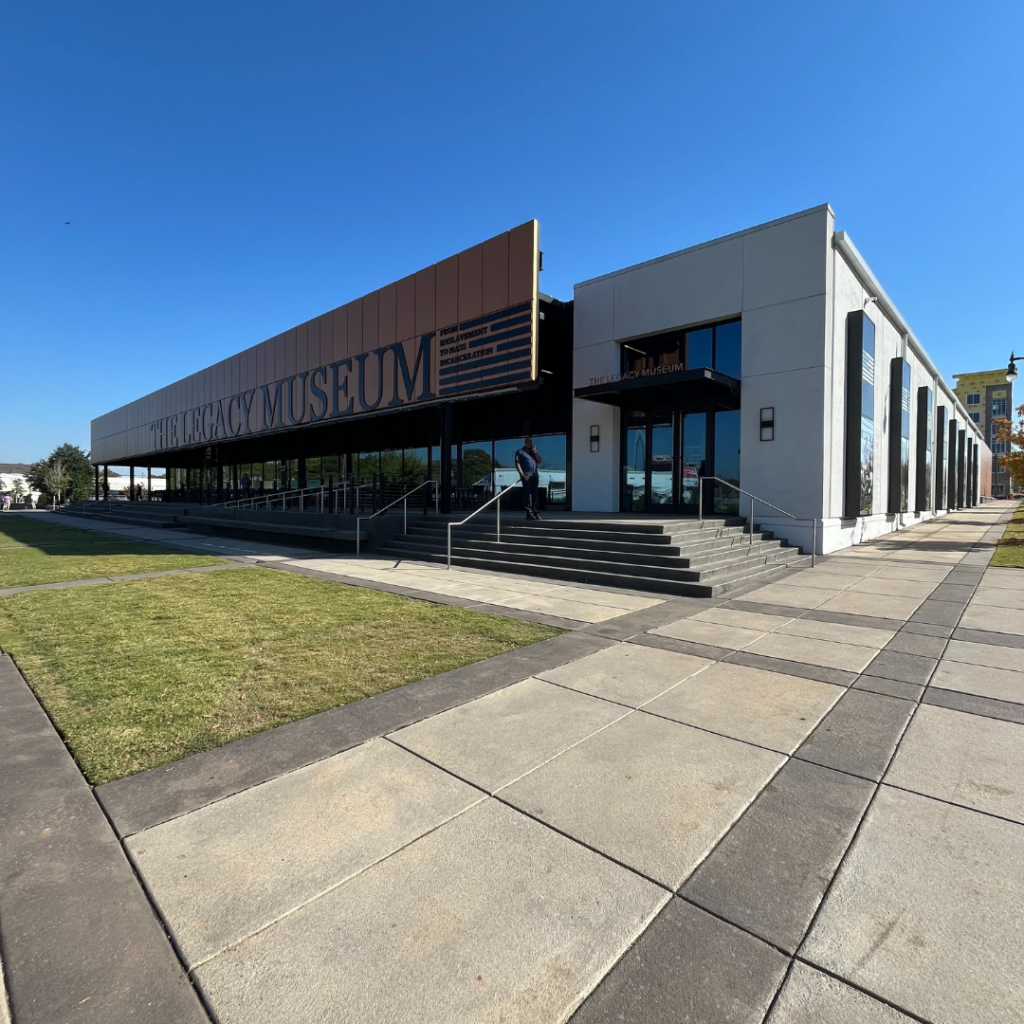
Upon entering the museum, a massive video monitor covered an entire wall, spanning floor to ceiling, displaying an image of rocky waves symbolizing the Atlantic journey endured by enslaved Africans. As we absorbed the powerful messages projected, we were confronted with a haunting sense of what awaited them. Moving through the museum, we saw poignant artwork—busts of African American men, women, and children emerging from the ground, depicting souls rising, chained and bound. This moving display evoked an immediate and visceral sense of what it might have been like to be forcibly taken across the ocean.
The museum continued with deeply immersive exhibits. One corridor replicated jail cells, complete with holograms recounting the stories of enslaved individuals. These personal accounts—of a father searching for his children, a mother trying to survive, a child separated from their family—were heart-wrenching, set against the ethereal backdrop of a captive’s gospel song that offered a calming contrast to the intense scenes. Turning a corner, we encountered a historical timeline with descriptions and photographs that spanned from slavery to the recent murders of Breonna Taylor and George Floyd.
As we continued, we learned about the earliest days of slavery, with exhibits displaying advertisements for enslaved people, showing names, ages, and brief descriptions. We saw desperate family members’ listings, seeking separated loved ones. The displays depicted the brutal realities of slavery and torture. Moving forward in history, we reached the era of Jim Crow, seeing how policies like “separate but equal” reinforced systemic oppression, expanding from African Americans to other marginalized communities, including Puerto Ricans and Mexicans.
The museum next highlighted the civil rights era, focusing on desegregation efforts and voting rights struggles. A particularly heavy exhibit featured a replica of the literacy tests once imposed on African Americans seeking to vote—designed with questions so nonsensical that passing was nearly impossible. Another area addressed the justice system’s discriminatory treatment, especially during the War on Drugs, where marijuana arrests disproportionately impacted African Americans. At one interactive station, visitors could listen to the stories of inmates incarcerated for petty offenses, or wrongfully convicted, some even sentenced to death. The final part of the museum detailed systemic racism’s enduring impact, as seen in recent years.
After experiencing the museum, I spent time in the Reflection Room, surrounded by photographs of African American activists and leaders in the struggle for equality, supported by the sounds of an angelic black choir recording playing. This space reinvigorated my spirit, inspiring me to impact not only the African American community but society at large.
The museum also extended to an outdoor sculpture park across the street, where I saw statues of Rosa Parks and Dr. Martin Luther King Jr. Near the park’s edge stood a beautiful waterfall monument, symbolizing those lost to lynching with the sound of fresh, flowing water that felt almost purifying. The next segment of the tour took us on a brief boat ride along the Alabama River, where we learned about the river’s history in transporting enslaved individuals. We disembarked at Monument Park, a celebration of Black joy, excellence, and resilience, spread across several acres. Here, one sculpture particularly resonated with me—a face crafted from metal butterflies, symbolizing transformation. The butterfly motif reminded me of the caterpillar’s journey to becoming a beautiful and graceful creature.
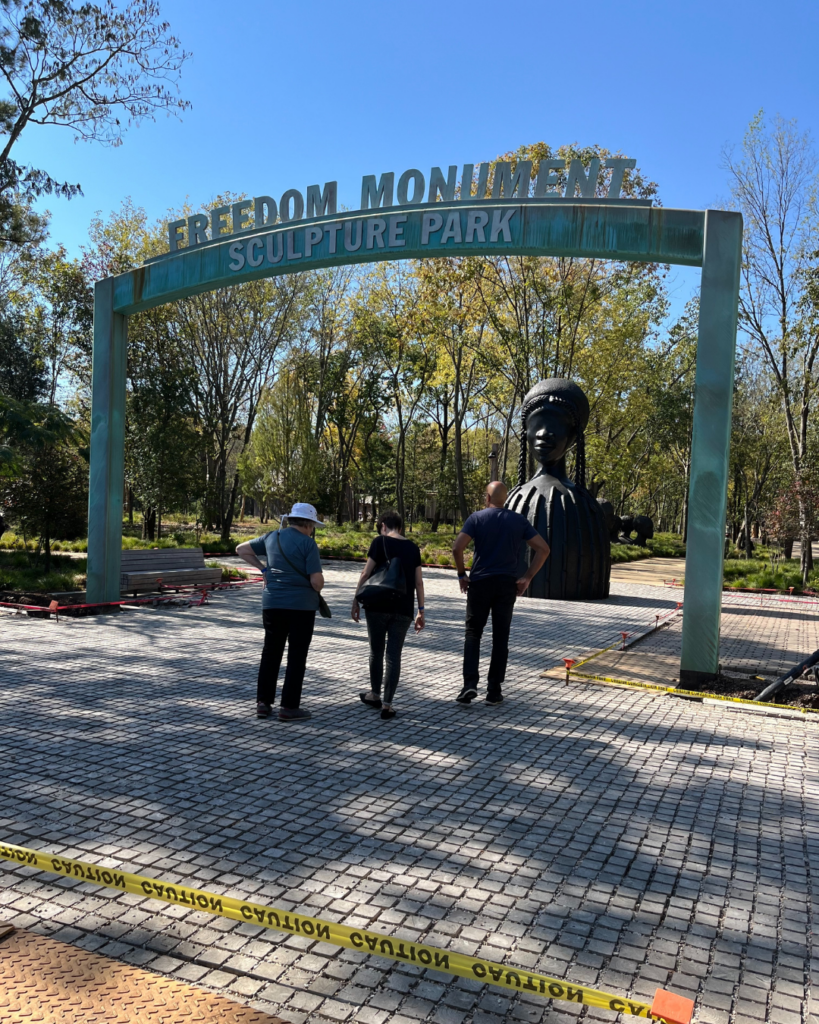
Meeting of the Minds
Back at the conference, the meeting began with a welcome and grounding session led by Pastor Richard Williams of the Metropolitan United Methodist Church in Montgomery. Pastor Williams was joined by a singer, a drummer, and a live painter, whose canvas captured the emotional energy of the room. Pastor Williams invited us to reflect on our museum visit, and many shared personal stories, struggles, and inspirations they took from the experience. This reflection naturally segued into the work we would do together throughout the day.
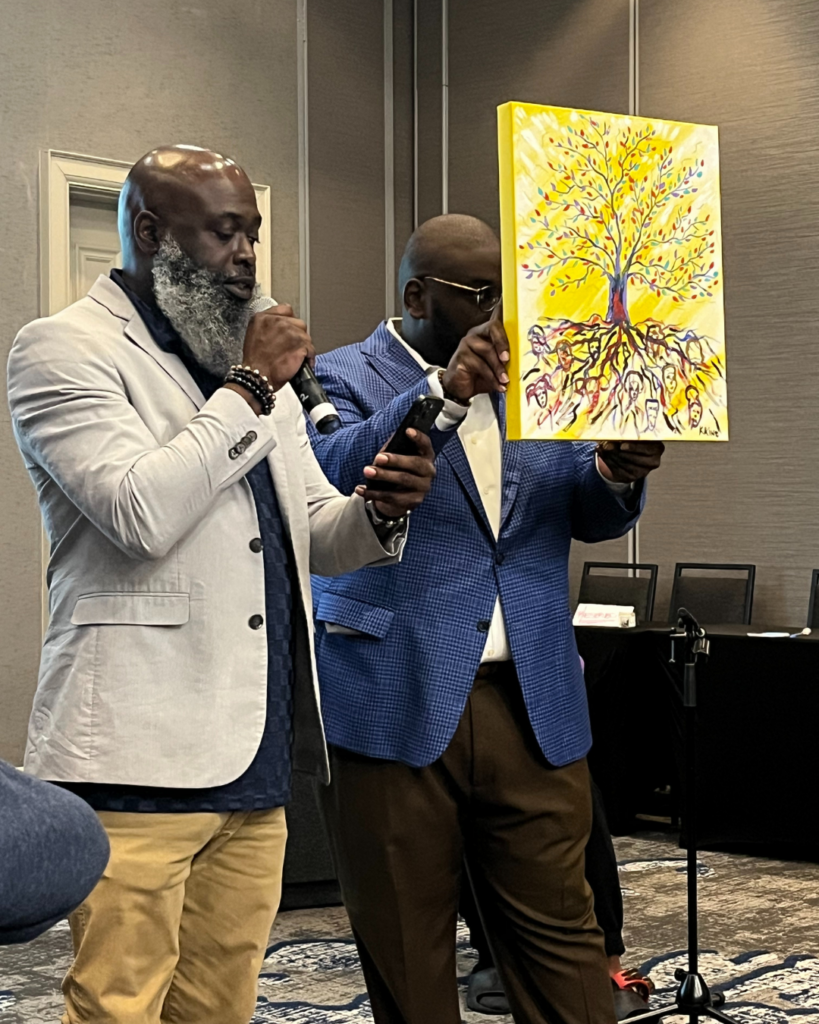
During lunch, attendees bonded over shared experiences, quickly forming connections with others across tables. Afterward, Jonathan Lucas provided an update on the HPTN 096 program, including initiatives like social media, peer support, the health equity coalition, and CRISP. Following this, Leo Fitz and his team, including Markay Russell, led a social media session where they shared the progress and we brainstormed new content ideas. As groups presented their ideas, it was clear the room held rich creativity and enthusiasm for amplifying HPTN 096’s mission.
Throughout the day, we heard updates from community engagement panels and peer support teams from Dallas, South Florida, and Montgomery, who shared their successes, challenges, and strategies for community impact. The Health Equity Coalition presentations, led by Sharon Moore Edwards, highlighted each coalition’s community needs assessments and progress. Observing similarities in Dallas and South Florida, particularly within Afro-Latino communities, was especially intriguing and insightful.
The final session, led by Liz Greene, focused on CRISP updates, covering healthcare facility selection, responsibilities, and implementation timelines. By day’s end, the room was filled with gratitude and inspiration.
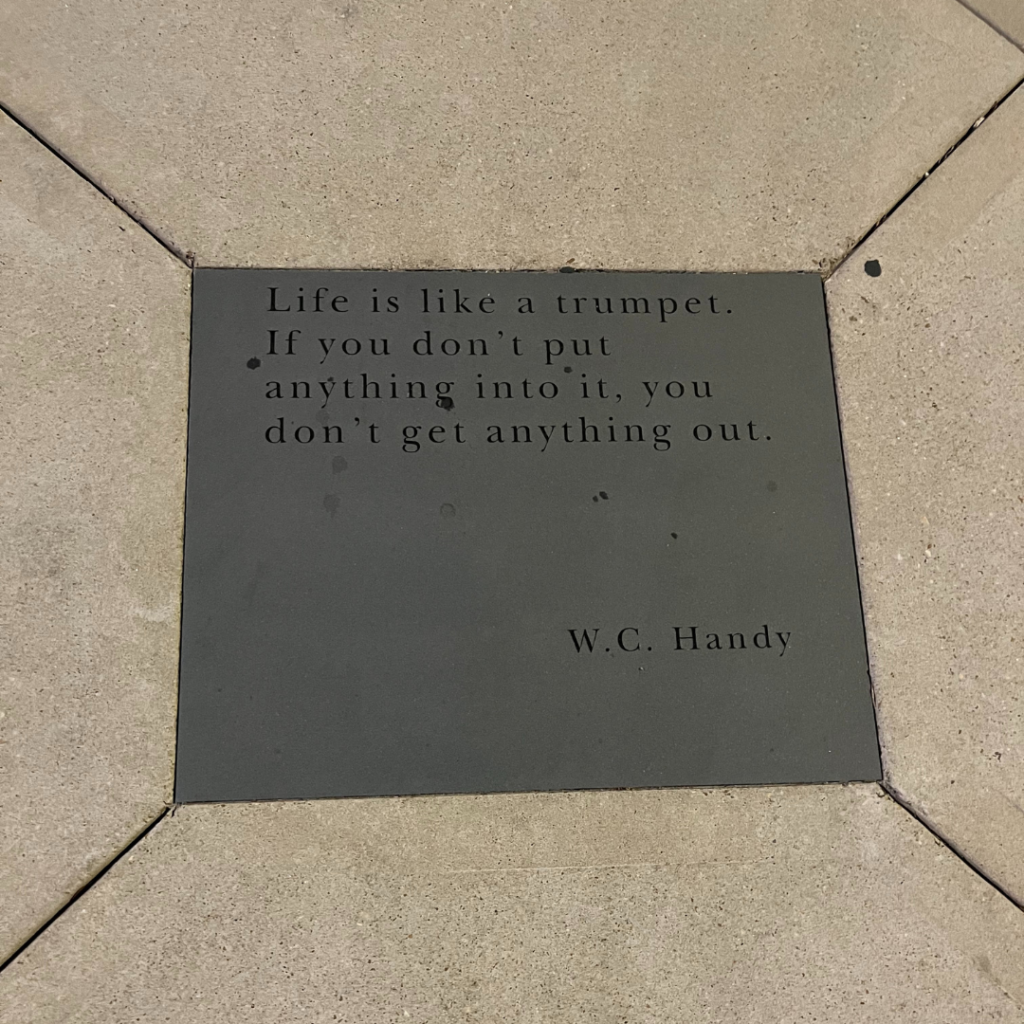
Reflections and Experience
The overall atmosphere of the HPTN 096 meeting was one of deep appreciation and shared purpose. I felt that the meeting location, Montgomery, was both symbolic and impactful, grounding us in the historical context of our mission. This experience, especially the museum visit, will stay with many of us, inspiring the important work we are doing for Black MSMs and the community at large.
To learn more about HPTN 096 in your area if you live in South Florida, Dallas, or Montgomery, please visit HPTN096.org.
Resource links:
